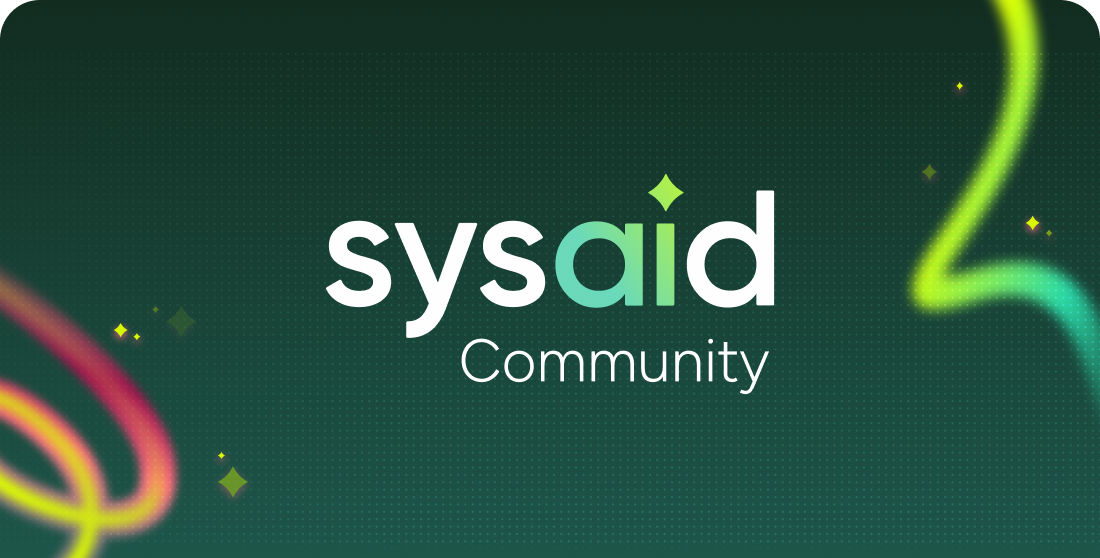Enter your E-mail address. We'll send you an e-mail with instructions to reset your password.

Love what you're seeing??
Sign in to see exclusive content and contribute to the community!
Enter your E-mail address. We'll send you an e-mail with instructions to reset your password.